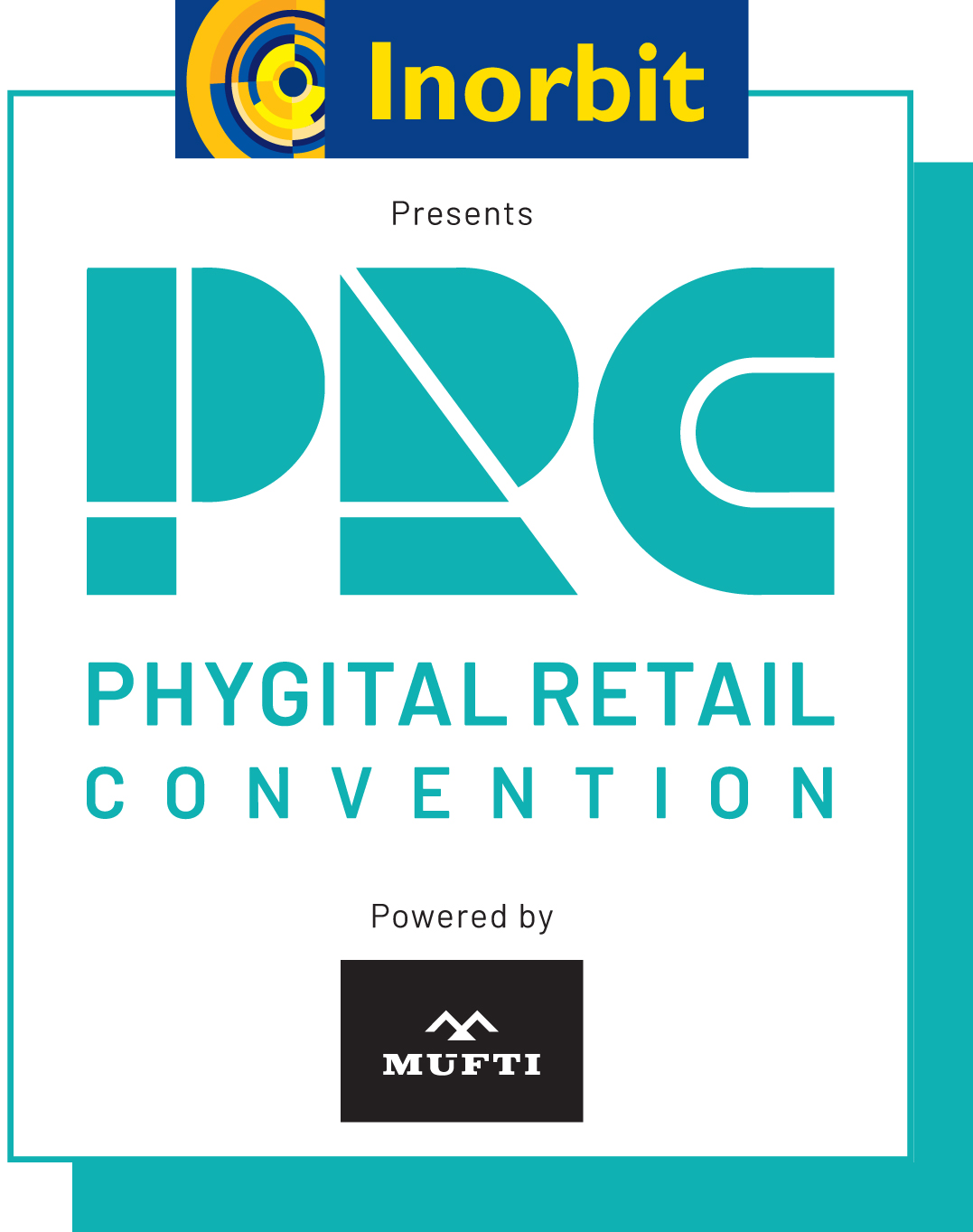 A group of leading retailers, manufacturers, suppliers, industry associations, technology providers and academia recently introduced a broad-based initiative to guide the adoption of radio frequency identification (RFID) technology in retail. The initial focus of the Item Level RFID Initiative will be within the apparel sector.
A group of leading retailers, manufacturers, suppliers, industry associations, technology providers and academia recently introduced a broad-based initiative to guide the adoption of radio frequency identification (RFID) technology in retail. The initial focus of the Item Level RFID Initiative will be within the apparel sector.
“This initiative could change the way the retail industry does business – and could lead to the biggest supply-chain transformation since the introduction of the bar code,” said Joseph Andraski, President and CEO, Voluntary Interindustry Commerce Solutions (VICS), who along with the standards organisations GS1 US and GS1 Canada, are guiding the initiative.
Members of the Item Level RFID Initiative will create a strategy and a framework for industry engagement, education, adoption and responsible use of existing Electronic Product Code (EPC)-enabled RFID technology. They believe it will foster innovation, improve business efficiencies, and lead to a better consumer shopping experience.
“It`s all about speed-to-market today, especially in the apparel and footwear industry with its seasonality and trends,” says Cynthia DiPietrantonio, Chief Operations Officer, The Jones Group. “Having real-time, accurate inventory views means that suppliers and retailers can provide customers with the right products in the right stores and at the right time,” she added.
“We believe it is time for the industry to come together to advance the use of this technology throughout the retail supply chain,” said Peter Longo, President, Macy`s Logistics and Operations. “We are excited about the business improvement and customer satisfaction opportunities that this industry-led initiative affords us.”
Item level RFID technology is moving from pilots to deployments at the retail level and throughout the supply chain. According to research done by the University of Arkansas, the technology has delivered compelling benefits to the retail industry and the results are clear:
<ul><li>Inventory accuracy rates of more than 95 per cent, up from an average of 62 per cent</li>
<li>Ability to count 5,000 items per hour using RFID vs. 200 items per hour using barcodes – a time savings of 96 per cent </li>
<li>Out-of-stock reductions of up to 50 per cent, leading to improved customer satisfaction and sales increases </li>
<li>Improved security and coordination throughout the supply chain </li></ul> “For perhaps the first time in retail history, retailers can fulfill the promise of getting the right product to the right store at the right time for their customers,” said Professor Bill C. Hardgrave, founder of the RFID Research Center at the University of Arkansas and dean of Auburn University`s College of Business. “This is thanks to standardised RFID technology and the high level of inventory accuracy it brings.”
Members of the initiative will spend the coming months developing measurable value propositions for retailers, suppliers and other stakeholders, as well as standards-based guidelines and business practices for each use case to support industry roll-out. This will ensure that the technology works effectively across multiple technology platforms. “The retail sector stands on the brink of a key technology shift, and members of the Item Level RFID Initiative believe that now is the time for the entire industry to move toward a more efficient system for manufacturing, supplying, selling and buying products,” said Art Smith, CEO, GS1 Canada.
“Item-level tagging is definitely where things are heading and we are already seeing the benefits across the supply chain,” said Paul Arguin, Director of technology and engineering, Conair.



